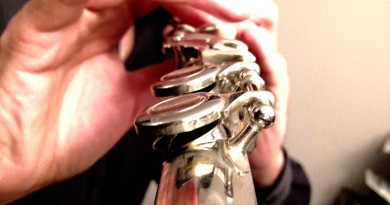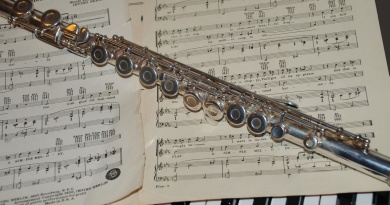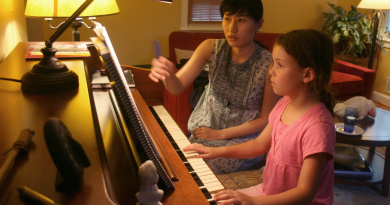Ultimate Guide To Engaging A New Adult Student
As teachers, we strive to provide lessons to fit a wide range of individuals. It doesn’t matter who they are, a teacher’s job is to provide the right learning environment and instruction to suit everyone. Empowering students is what a teacher is all about.
Most of us teach a lot of children. They come to us eager to learn well-known nursery rhymes and songs. The instrument itself provides them with new skills to try out. Older children and teens may be more motivated by academic achievement and the grading system. But what drives an adult beginner to knock on your door?
Adults have several reasons for wanting to learn an instrument later in life. It’s crucial you discuss that at length before agreeing on lessons. Adults won’t part with their cash for long if you’re not matching their expectations. Some will want to learn one or two particular pieces. This is a limited repertoire so try to find out what other music they are interested in. Find or write arrangements that suit their skill level.

Thanks to Peter Dowley at Flickr.com for this pic
Many adults return to childhood hobbies and interests when they have time on their hands. Their kids may have started school or grown up. They may even have retired from work. Adults are far more curious about the ins and outs of things than children. They need to know why you are teaching them in a particular way. How does this lesson relate to the last and progress to the next?
Many adults can come to you with no recent experience of homework, revision or practice. It’s important you reteach these essential skills. Practice is especially important if their limited time is to garnish results. Introduce the ‘little and often’ concept.
If an adult comes to you asking to be taught how to play a piece of music, utilise all the senses. Show them visually what you would do. Help them to listen and identify subtle changes in the quality of tone. Lead your student into the technicalities of the piece with relevant exercises.
Mastering a musical instrument goes far beyond learning to play one or two pieces. On the one side, the student must be able to navigate the notes and positions of the hands quickly. One the other, musicality and musicianship must drive the interpretation of the sounds they make. This takes years to accomplish. However, an adult can progress far quicker than a child.
Whatever your student is keen to know, learn, and do, you should strive to provide a well-rounded curriculum. Adults are often more open to the concept of scales practice than children. They better understand the full relevance of doing them. It’s important to understand why a particular instrument was chosen. What is their emotional connection to it? How will it affect your teaching?
Teaching is never easy, but many teachers feel that adults provide the toughest challenges and the greatest rewards. There are many funds, trusts, competitions and educational opportunities for young musicians. It’s up to us as teachers to provide this wealth of stimulation to our adult students too.





